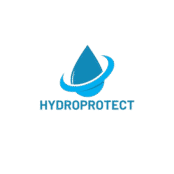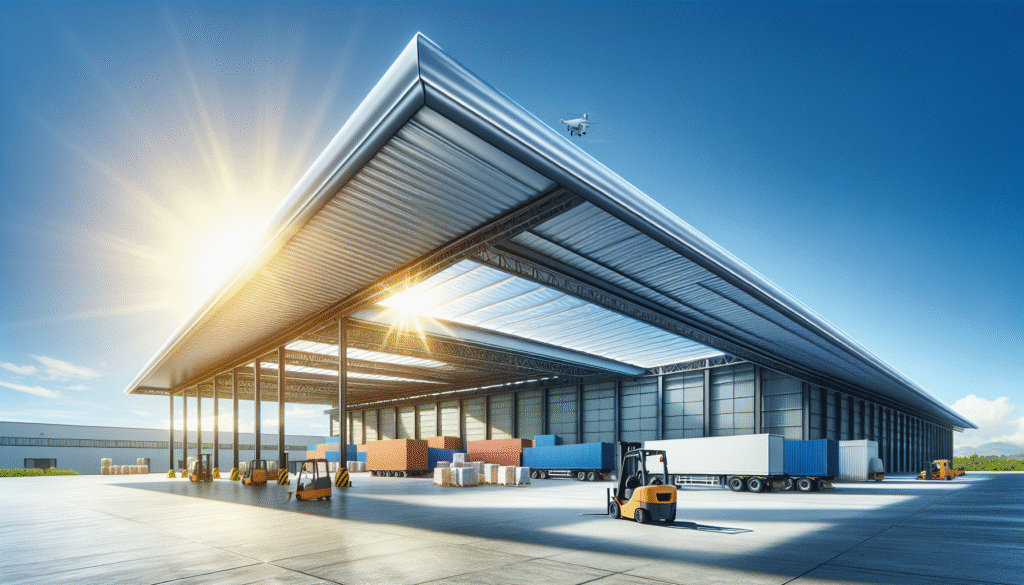Understanding Hotmelt Roofing Technology
The concept of hotmelt roofing may sound futuristic to some, but it’s revolutionizing how we think about roof waterproofing, particularly for large structures like warehouses and halls. With an emphasis on durability and adaptability, hotmelt roofing technology offers a formidable solution for developers and property managers seeking effective insulation alternatives.
Hotmelt roof waterproofing is a seamless, highly adhesive, and durable solution that acts as a monolithic membrane once applied to the roof. This method utilizes polymers modified with asphalt, which are heated and applied in liquid form. The result? An incredibly resilient, waterproof barrier that adheres perfectly to the roof’s surface.
The Advantages of Hotmelt Over Traditional Methods
When weighing the options for roof insulation, it’s crucial to understand the unique benefits of the hotmelt system in comparison to more traditional approaches such as single-ply membranes or built-up roofing.
Seamless Application
A standout feature of hotmelt roofing is its seamless application. Since the material is applied in liquid form, it creates a continuous watertight layer without the joints or seams that are common in other roofing systems. This seamless coverage significantly reduces the risk of leaks over time.
Long-term Durability
Durability is a key factor for any roofing application, especially for large commercial properties. Hotmelt roofs boast an impressive lifespan, often surpassing 30 years with proper installation and maintenance. Their resistance to harsh weather conditions and environmental factors makes them an excellent choice for warehouses and industrial facilities.
Versatile for Complex Roof Designs
Hotmelt is highly adaptable to various roof shapes and sizes. Whether dealing with complex architectural designs, green roofs, or balconies, hotmelt systems provide the flexibility needed to accommodate unconventional roof forms. This versatility can be a game-changer for developers facing unique project demands.
Environmental and Economic Benefits
In addition to structural advantages, hotmelt roofing offers significant environmental and economic benefits, making it an appealing choice for those looking to build sustainably and cost-effectively.
Eco-friendly Option
Many hotmelt systems incorporate recycled materials, which can reduce the carbon footprint of a construction project. Additionally, the improved thermal insulation provided by hotmelt roofing can lower energy consumption, contributing to overall sustainability efforts.
Cost-effective in the Long Term
Initial costs for hotmelt roofing might be higher than traditional options, but the investment pays off over time. Long-lasting durability results in fewer repairs and replacements, while reduced energy expenses from better insulation further enhance cost savings.
Hotmelt Roofing Installation Process
Understanding the installation process of hotmelt roofing is crucial for developers and property managers keen on leveraging this technology. The process itself is straightforward yet requires professional execution to ensure optimal performance and longevity.
Step-by-Step Application
1. **Surface Preparation:** The roof surface must be clean, dry, and free of debris to ensure strong adhesion.
2. **Primer Application:** A primer is often applied to enhance adhesion between the hotmelt material and the substrate.
3. **Hotmelt Application:** The hotmelt compound is heated to a specific temperature and then poured onto the roof surface. It is then evenly spread to form a consistent layer.
4. **Insulation and Surfacing:** Depending on the design, insulation boards may be placed directly onto the hotmelt. A surfacing layer, such as paving slabs or a green roof system, can then be added for additional protection and usability.
Professional Expertise Required
Due to the technical nature of hotmelt application and the need for specialized equipment, it’s essential to hire experienced professionals for installation. Correct application is mandatory to ensure the system’s integrity and prevent future issues.
Summary
Hotmelt roof waterproofing emerges as a superior choice for warehouse and hall roofing, offering multiple advantages over traditional methods. It provides a seamless, durable, and versatile solution capable of withstanding a range of environmental stresses. Beyond performance, it contributes to sustainability efforts and long-term cost savings. For developers and property managers seeking reliable and effective roofing insights, hotmelt technology sets a new benchmark in roof resilience and efficiency.

